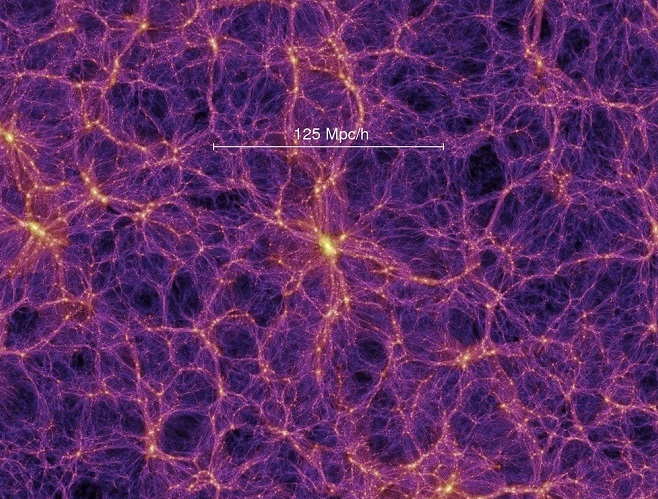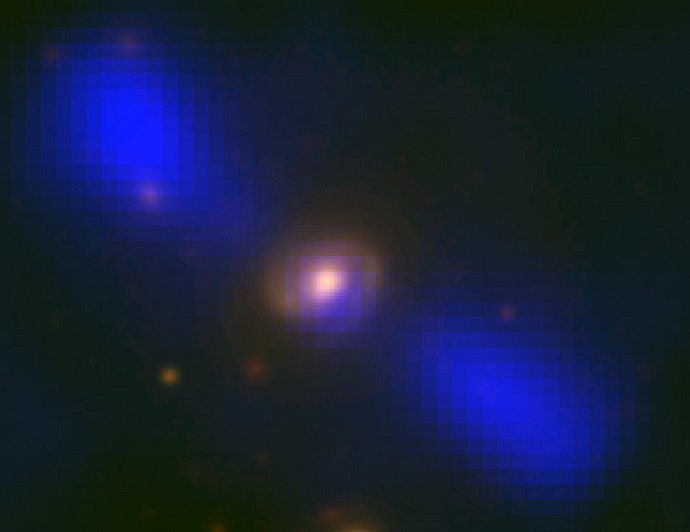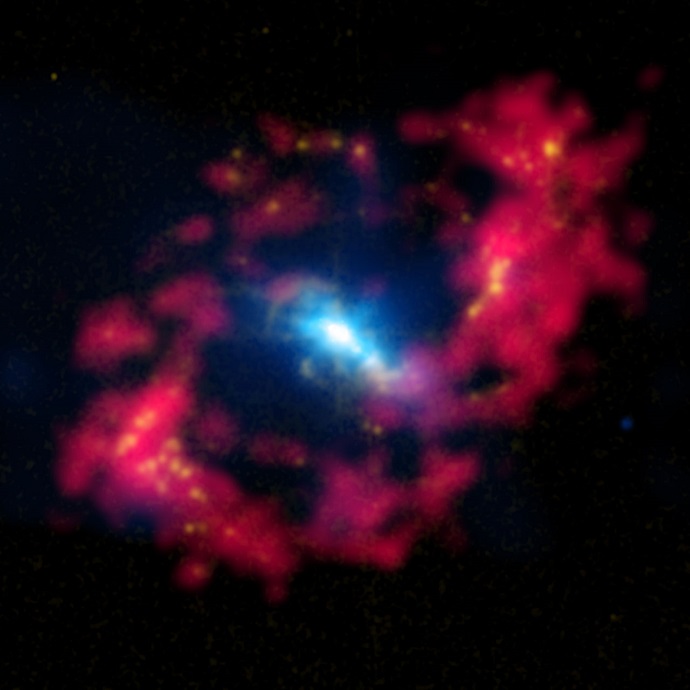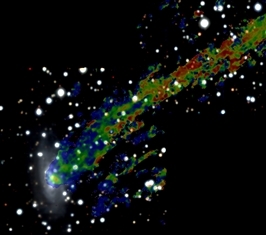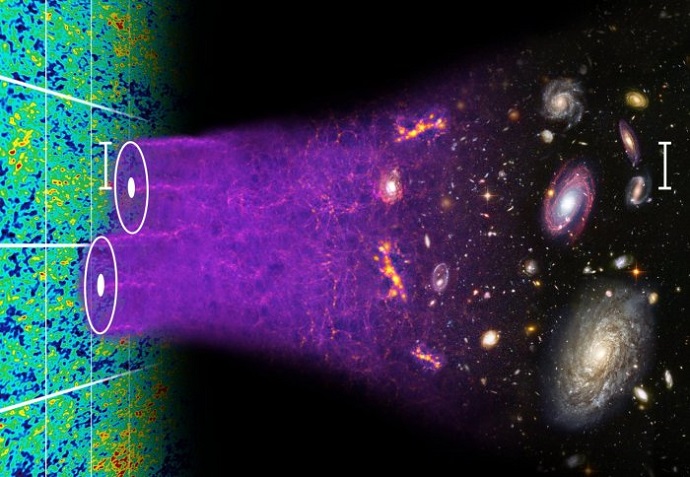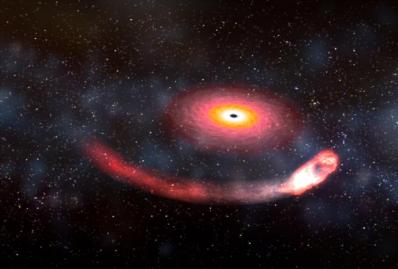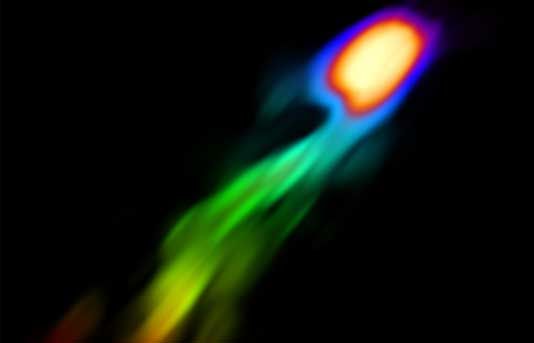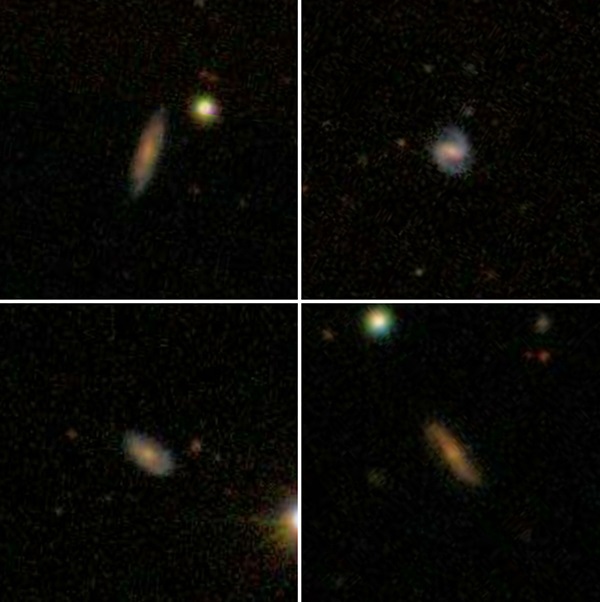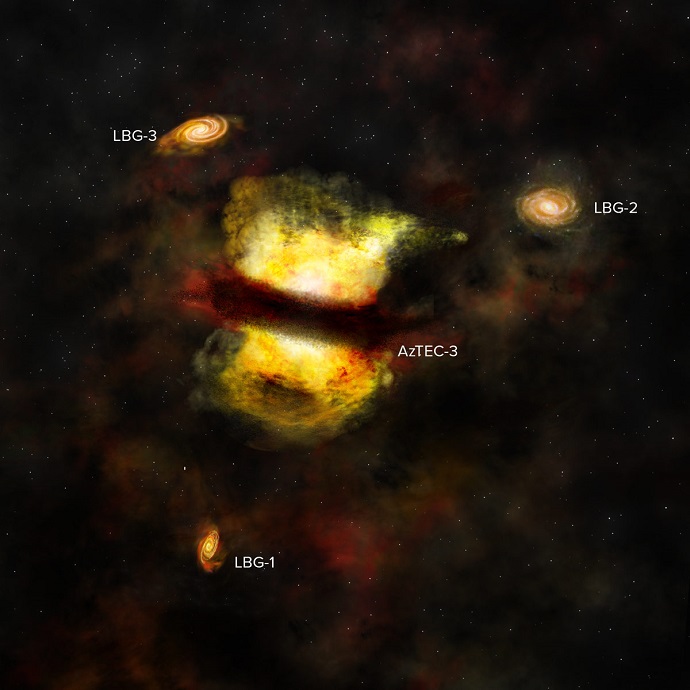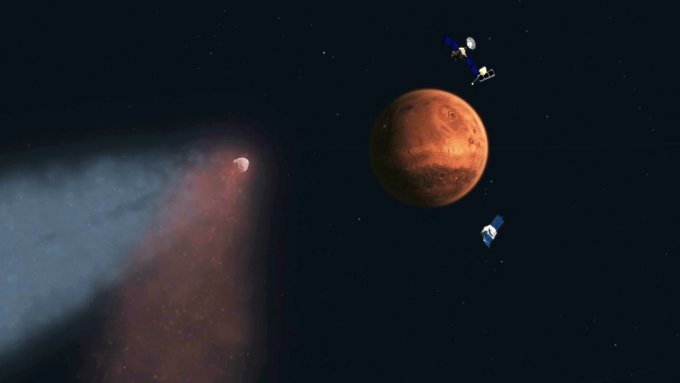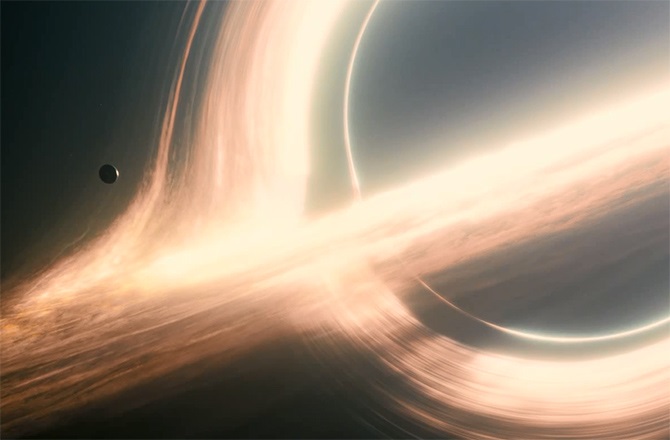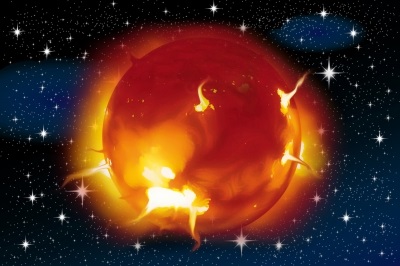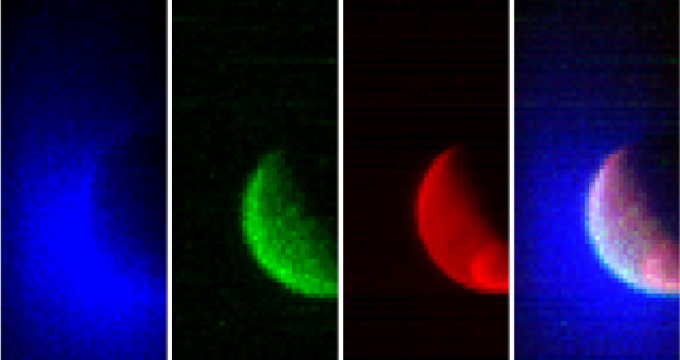
New Telescope Lets Astronomers Peer into Distant Galaxies’ Star-Forming Centers
UMass Amherst, Mexican astronomers develop new model of star formation
Astronomers working to estimate the rate of star formation inside murky distant galaxies, those shrouded in dust clouds…
Read >>It’s Filamentary: How Galaxies Evolve in the Cosmic Web
UC Riverside-led team proposes that filaments in the cosmic web played a critical role in the distant universe
How do galaxies like our Milky Way form, and just how do they evolve? Are galaxies affected by their surrounding enviro…
Read >>Astronomers Discover Unique Spiral Galaxy with Twin "Jets" and "Halo"
With the help of citizen scientists, a research team that includes University of Maryland astronomers has found an impor…
Read >>Using supermassive black holes to measure cosmic distances
One of the major problems in astronomy is measuring very large distances in the universe. The current most common method…
Read >>Kepler super-Earth discovery confirmed by UH astronomer
During a nine-day test in February 2014 Kepler detected a single planetary transit. The newfound planet, HIP 116454b, ha…
Read >>Stripping galaxies of interstellar gas could shut down star formation, researchers say
Scientists have observed in precise detail the stripping of gas from a distant galaxy as they seek to understand what sh…
Read >>Researchers use real data rather than theory to measure the cosmos
For the first time researchers have measured large distances in the Universe using data, rather than calculations relate…
Read >>Unravelling the Mystery of Gamma-Ray Bursts
These highly energetic bursts of hard radiation have been seen by gamma-ray satellites such as Fermi and Swift, but the…
Read >>Observing galactic ‘blow out’
For the first time, an international team of astronomers has revealed the dramatic blow out phase of galactic evolution
Read >>Astronomers see atomic hydrogen emission in galaxies at record breaking distances
They uncovered a population of very gas-rich systems, containing between 20 and 80 billion times the mass of the Sun in…
Read >>Galaxy Evolution: Caught in the Act
An international team of astronomers have uncovered new insights into the processes that have shaped galaxies, using
Read >>Mystery of dwarf galaxy could be ejected black hole
Astronomers have observed a mysterious phenomenon, which could be a massive black hole that has been ejected into space…
Read >>Mars, too, has macroweather
But weather forecasting on the Red Planet is likely to be even trickier than on Earth
A new study by researchers at McGill University and UCL finds that this same three-part pattern applies to atmospheric c…
Read >>Primordial galaxy bursts with starry births
In the early universe, starburst galaxies like AzTEC-3 formed stars at a frenetic pace, fueled by the copious quantities…
Read >>Mars spacecraft, including MAVEN, reveal comet flyby effects on Martian atmosphere
Using the observations, scientists were able to make a direct connection between the input of debris from the meteor sho…
Read >>Black Holes Come to the Big Screen
The new movie Interstellar explores a longstanding fascination, but UA astrophysicists are using cutting-edge technology…
Read >>Investigating a triple star system in formation
An international team of astronomers has carried out the most accurate study so far of the cocoon of gas and dust surrou…
Read >>Astronomers build detailed map of exoplanet temperature, water vapor
A team of scientists using NASA’s Hubble Space Telescope has made the most detailed global map yet of the glow from a pl…
Read >>A fireball in space reveals the nature of novae
For the first time, scientists have measured the size and structure of a nova’s nuclear blast as it happened — thanks, i…
Read >>CU-Boulder instrument onboard MAVEN sends back first images of Mars
The image shows the planet from an altitude of 36,500 kilometers, or 22,680 miles, in three ultraviolet wavelength bands…
Read >>
There are 385 articles in Astronomy & Space
Astronomy & Space Archive

